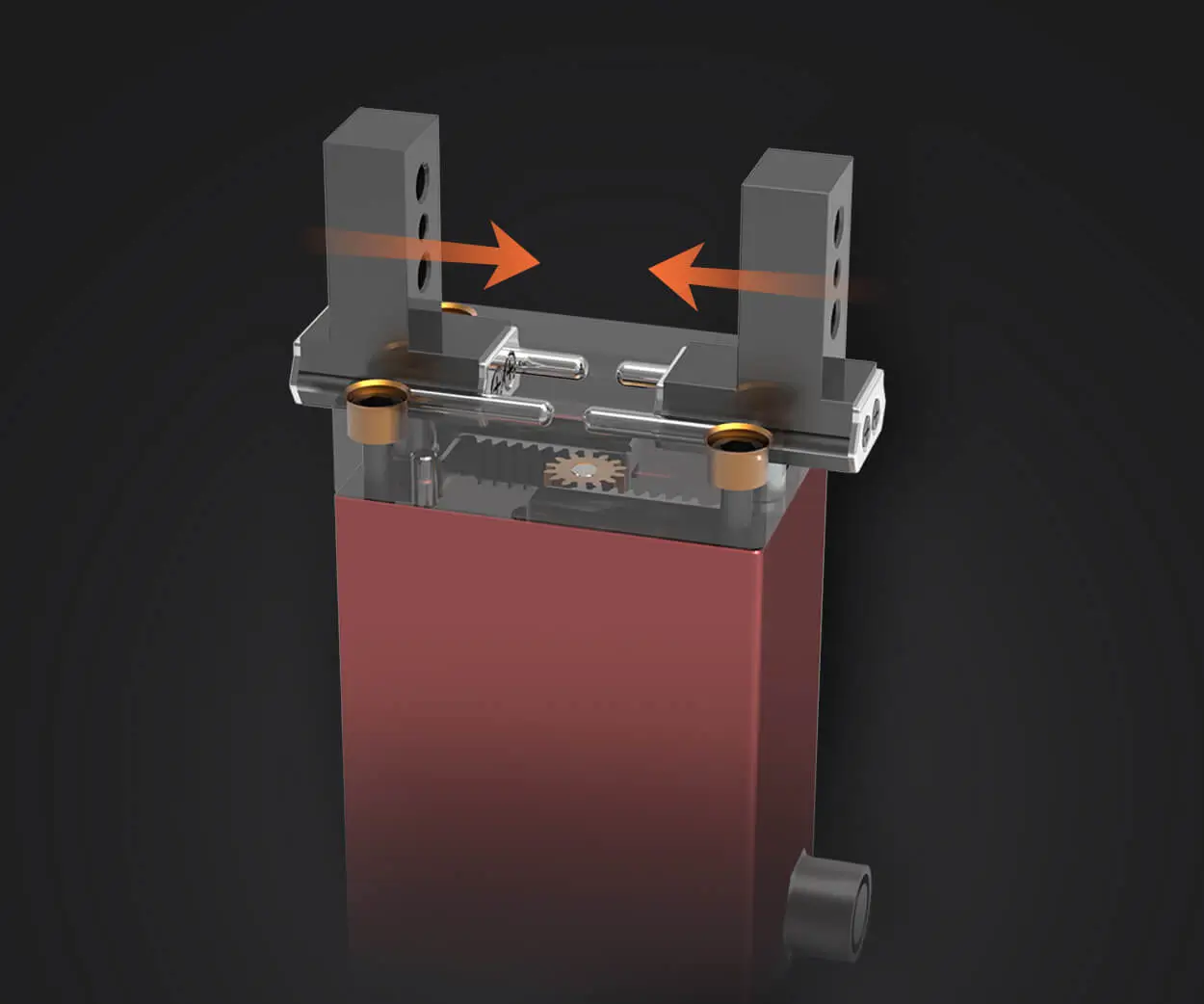Breaking a Monolith into Microservices: A Game-Changer for Scalability
If you're dealing with a large, unwieldy monolithic application, you might be familiar with the growing pains. Every time you want to add a new feature, it feels like you're trying to stitch a patch on a jacket that’s falling apart. The complexity becomes overwhelming, and scaling becomes a nightmare. This is where the concept of breaking a monolith into microservices can change everything.

Imagine your current monolith as a big, one-piece jigsaw puzzle. Now, picture breaking that puzzle into smaller, more manageable pieces. That's essentially what microservices do. You can scale, update, or deploy these smaller pieces independently, without worrying about breaking the whole system. It’s like upgrading one part of your car without having to overhaul the entire engine. Sounds good, right?
So, Why Microservices?
One of the biggest benefits of microservices is the ability to scale each service individually. Let’s say one part of your application is getting a lot of traffic. With microservices, you don’t have to scale the entire monolith; you just scale that specific service. This means better resource management and cost efficiency.
Another major advantage? Faster development cycles. Developers can focus on one service at a time without stepping on each other's toes. Since services are isolated, you can update or fix a bug in one area without impacting the rest of the system. Imagine the speed of a pit crew working on different parts of a race car—each member is focused on their task, and the car is back on the road in no time.
How Do You Get Started?
Breaking up a monolith isn’t a simple task, but it’s worth it. Start by identifying the core functions of your application. For example, if you have an e-commerce site, you might break it down into services like user authentication, payment processing, inventory management, and order fulfillment. Each of these services can then be developed, deployed, and scaled independently.
Start small. Don’t try to break everything at once. Pick a single, non-critical part of your application, and migrate it to a microservice. This helps you test the waters without risking too much. Once you’re comfortable, you can continue breaking up the rest of the monolith, one service at a time.
Challenges You Might Face
Of course, moving from a monolith to microservices isn't without its challenges. One of the biggest hurdles is managing communication between services. Since each service operates independently, they need to talk to each other. This often involves setting up APIs or message queues, which can be tricky if not properly handled. But once you nail down how your services will communicate, you’re golden.
Also, monitoring can become more complex. Instead of keeping an eye on a single application, you’ll have to monitor multiple services. That means investing in the right tools to track performance, errors, and other metrics for each microservice.
The Final Word
So, is breaking up a monolith into microservices worth it? Absolutely, but it requires careful planning and an understanding of the potential challenges. With the right strategy, tools, and mindset, you can transform your monolithic application into a well-oiled machine, built to scale and evolve with your business needs. Take the leap, and you’ll never look back.
Established in 2005, Kpower has been dedicated to a professional compact motion unit manufacturer, headquartered in Dongguan, Guangdong Province, China. Leveraging innovations in modular drive technology, Kpower integrates high-performance motors, precision reducers, and multi-protocol control systems to provide efficient and customized smart drive system solutions. Kpower has delivered professional drive system solutions to over 500 enterprise clients globally with products covering various fields such as Smart Home Systems, Automatic Electronics, Robotics, Precision Agriculture, Drones, and Industrial Automation.




































